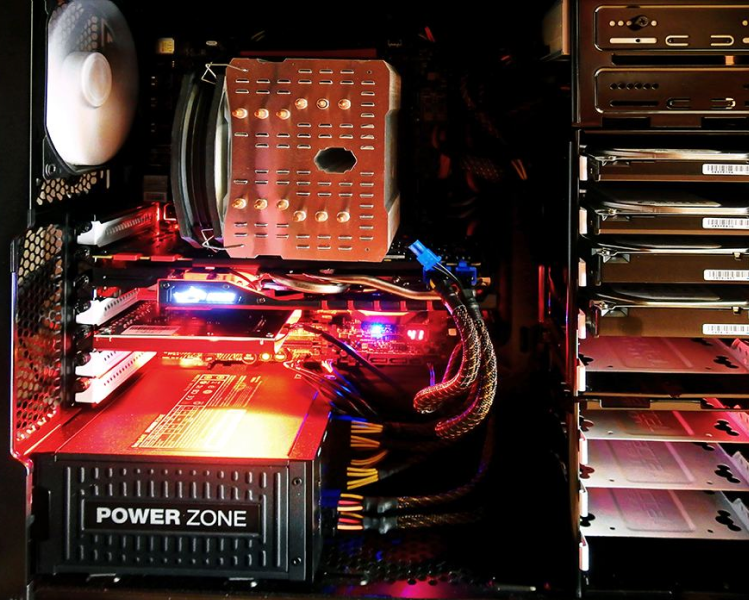It’s the year 2020, and everyone is going smart; the use of smart appliances and devices in the home is the new norm. One of the ways to turn your home into a smart home is with the help of smart home lighting. Smart light bulbs prevent you from fumbling with your traditional switch in the dark when you arrive home at night.
Smart home lighting uses bulbs similar to your regular LED bulbs and switches but can be remotely controlled either by voice, mobile apps, smart buttons, and controllers.
Are you looking for extra assistance around the home? Converting your home into a smart home with smart lighting is an excellent place to begin.
If you want to enjoy the luxury of controlling your lights with your voice or from your phone, you have two main options available: smart light switches or smart bulbs.
Smart Light Switches
If you are someone who is not tech-savvy, you might be wondering why you need to go all the way to change your light switches to a smart light switch against changing to smart light bulbs. Smart switches are better for controlling several lights operated by a single switch.
You don’t have to get out of bed to turn off the lights; remote light switch allows you to turn on lights from the luxury of your bed or couch.
Advantages of Smart Light Switches
- If you own a big house with lots of bulbs and a few switches, it’s more economical to change a few light switches than changing your entire light bulbs.
- Your smart light switch works in the same manner as your regular switch only with a little tweak. This means you don’t need to learn or teach anyone how to use a light.
- With a smart switch, you don’t have to rely on Alexa to turn on lights when you come into a room, a flip of the switch will have your lights coming on as expected.
Disadvantages of Smart Light Switches
- Not all houses support the use of remote light switch because of the neutral wire connection. In-Wall Relay Switch has taken care of this by providing a smart switch that doesn’t require a neutral wire.
- Installing a smart light switch requires more hands-on than the smart bulb. This might increase your cost if you cannot do it on your own.
- Most of the available smart switches in the market have a minimum workload requirement; they don’t support energy-efficient light bulbs such as many LED light bulbs.
Smart Light Bulbs
Smart light bulbs are a better option when you wish to control your bulbs independently or when you want to adjust the color of your home’s light. The smart light bulb comes in different shapes and sizes – which is an advantage – as you are certain about getting a smart bulb for your indoor and outdoor fixtures.
Advantages of Smart Light Bulbs
- Installing a smart switch in your home is a cheaper option, but it doesn’t give you the flexibility of creating your own scene like the smart bulb. With the smart LED light bulbs, you can adjust the brightness or color of your home.
- If you live in a rented apartment, your only option for smart lighting is the smart light bulb as you might not be able to tamper with the property’s wiring.
- In-Wall Relay Switch doesn’t have a minimum load, it works with energy-efficient light bulbs, saving you money on utility bills - aka save money.
Disadvantages of Smart Light Bulbs
- You can’t remotely control your smart light bulbs if your physical light switch is off. In-Wall Relay Switch allows you to control your lights remotely whether your switches are on or not.
- It’s not cost-effective to use smart light bulbs if you live in a large house.
Going smart is the new trend, jump on the bandwagon with smart switches and bulbs for your home.
- The practicality of smart lighting
- voice assistant right for you: Google Assistant, Alexa, Siri, etc.











